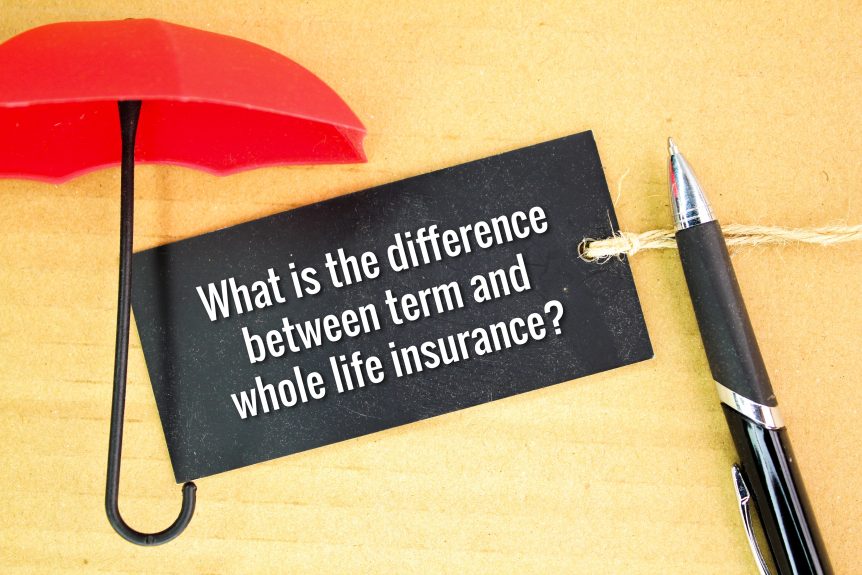When selecting an insurance policy, one of the key decisions to make is whether to opt for term life insurance or whole life insurance. Each type of policy offers distinct benefits and features tailored to individual needs and preferences.
Term Life Insurance: Coverage for a Specific Period
Term life insurance provides coverage for a specified period, typically ranging from 5 to 30 years. This type of policy is a popular choice for individuals seeking temporary coverage to protect their loved ones in the event of their untimely death. The premium payments for term life are lower compared to whole life, making it an affordable option for many.
One of the main advantages of term life insurance is its simplicity. It offers straightforward coverage without any investment component or cash value accumulation. This makes it easy to understand and manage for policyholders looking for basic life insurance protection.
Whole Life Insurance: Lifelong Coverage with Cash Value
In contrast, whole life insurance provides coverage for the policyholder’s entire lifetime. This type of policy includes an investment component that allows the accumulation of cash value over time. The premium payments for whole life are higher than those for term life, but they remain constant throughout the policyholder’s life.
One of the key advantages of whole life insurance is its permanence. Policyholders do not need to worry about their coverage expiring or having to renew their policy at a later date. Additionally, the cash value component of whole life insurance can serve as a source of savings or investment, offering a potential source of funds in the future.
Key Differences Between Term and Whole Life
The primary difference between term life and whole life insurance lies in their coverage duration and features. Term life insurance offers temporary coverage for a specified period at an affordable cost, while whole life insurance provides lifelong coverage with an investment component and cash value accumulation.
Another significant difference is in the premium structure. Term life typically has lower premiums compared to whole life, making it a more budget-friendly option for individuals seeking basic coverage. On the other hand, whole life insurance requires higher premium payments but offers the benefits of lifelong protection and the potential for cash value growth.
In conclusion, the choice between term life and whole life insurance depends on individual circumstances, financial goals, and preferences. It is important to carefully consider the features and benefits of each type of policy to determine which one best aligns with your needs for insurance coverage and financial security in the long run.

